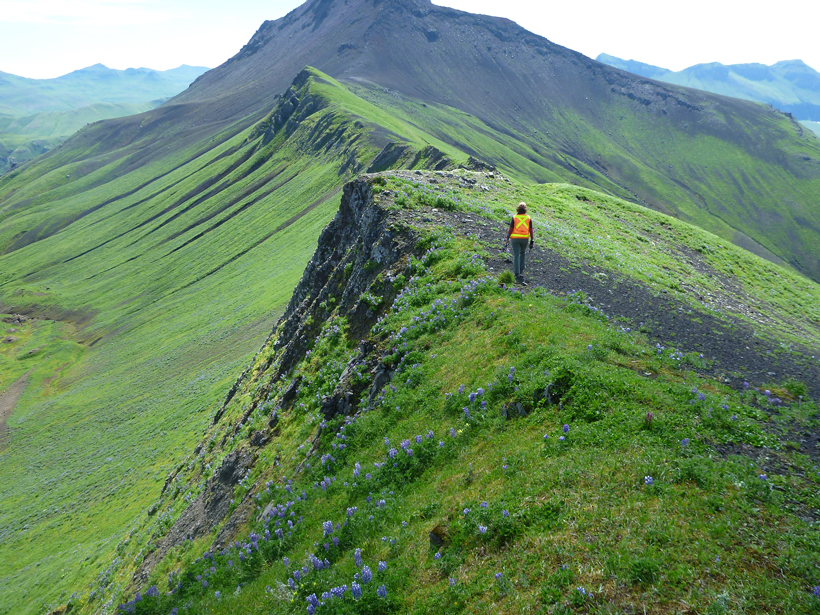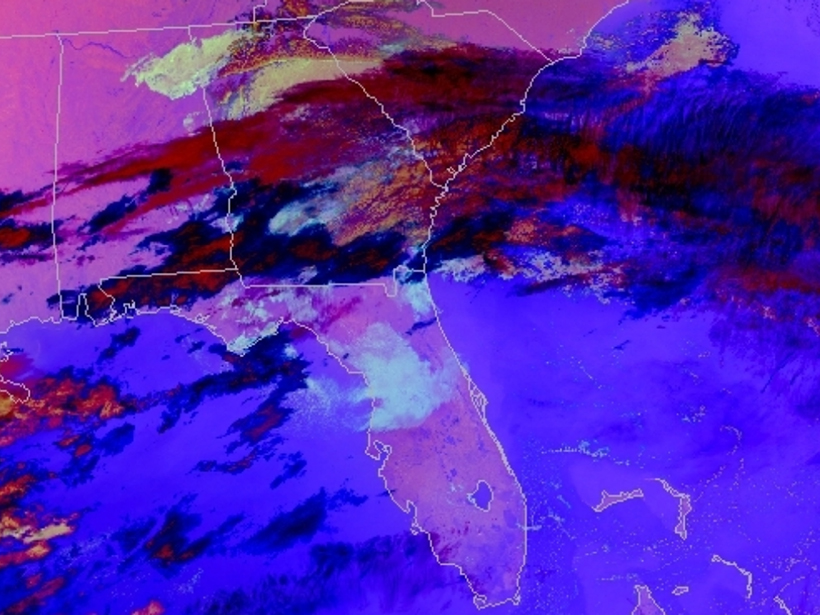One speaker, the former chief scientist of NASA, spoke up for NASA's Earth science program as broadly beneficial and affordable within the agency's existing budget.
NASA
New Report Details How NASA Could Land on Europa
A team of scientists laid out extensive details about a hypothetical future landing mission to find life on Jupiter's moon.
Hiring Freeze Sparks Worries at Science Agencies
Other presidents have instituted hiring freezes, but some federal employee representatives worry that President Donald Trump's order is different because more draconian measures might follow.
Martian Mantle Models Pave the Way for NASA's InSight Lander
The most detailed simulations to date of how heat flows through Mars's interior are good news for the upcoming lander and will help scientists interpret its data.
Geoscientist-Rich Crew Slated for Space Station Next Year
Geophysicists from NASA and the European Space Agency and the first African American chosen to serve on an International Space Station crew are selected for 2018 missions.
Seeking Signs of Life and More: NASA’s Mars 2020 Mission
The next Mars rover will be able to land near rugged terrain, giving scientists access to diverse landscapes. It will also cache core samples, a first step in the quest to return samples to Earth.
NASA's New Discovery Missions Will Look Back to Our Origins
Two recently approved missions will explore our solar system's early history, looking at asteroids near Jupiter and an odd object that may be a planetary core.
Kevin Murphy Receives 2016 Charles S. Falkenberg Award
Kevin Murphy received the 2016 Charles S. Falkenberg Award at the American Geophysical Union Fall Meeting Honors Ceremony, held on 14 December 2016 in San Francisco, Calif. The award honors an "early- to mid-career scientist who has contributed to the quality of life, economic opportunities, and stewardship of the planet through the use of Earth science information and to the public awareness of the importance of understanding our planet."
Transforming Satellite Data into Weather Forecasts
A NASA project spans the gap between research and operations, introducing new composites of satellite imagery to weather forecasters to prepare for the next generation of satellites.
Coastal Observations from a New Vantage Point
The NASA Geostationary Coastal and Air Pollution Events satellite mission plans to keep an eye on short-term processes that affect coastal communities and ecosystems.









